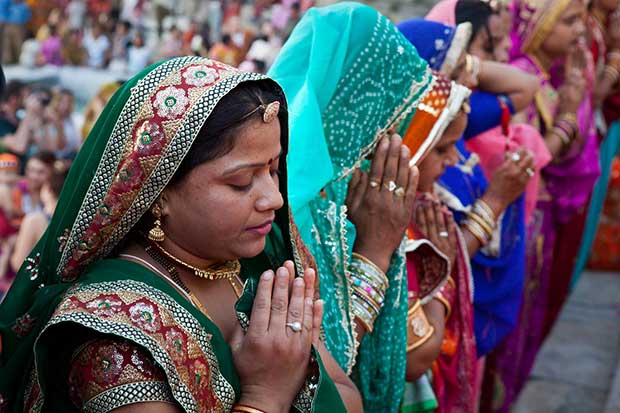Sometimes, the simplest moments hold the deepest wisdom. Let your thoughts settle, and clarity will find you.
The world is a tapestry of diverse cultures, beliefs, and traditions, with religion playing a central role in shaping societies and personal identities. Understanding different religions not only broadens our horizons but also fosters tolerance and empathy. In this blog post, we will explore some of the major world religions, highlighting their core beliefs and practices.

Christianity
Christianity is the largest religion in the world, with over two billion followers. It is based on the life and teachings of Jesus Christ, who Christians believe is the Son of God and the savior of humanity. The Bible, comprising the Old and New Testaments, is the holy scripture of Christianity. Key beliefs include the Trinity (Father, Son, and Holy Spirit), salvation through faith in Jesus, and the importance of love and forgiveness.

Islam
Islam is the second-largest religion, with over 1.9 billion adherents known as Muslims. Muslims believe in one God, Allah, and follow the teachings of the Prophet Muhammad, who is considered the last prophet. The Quran is the holy book of Islam, and the Five Pillars—faith, prayer, charity, fasting during Ramadan, and pilgrimage to Mecca—are central to Muslim practice.

Hinduism
Hinduism is one of the oldest religions in the world, with roots tracing back over 4,000 years. It is characterized by a rich tapestry of traditions, beliefs, and practices that have evolved over millennia. Central to Hinduism is the concept of Dharma, or duty, which guides adherents in their personal and societal roles. The religion is known for its diverse pantheon of gods and goddesses, with Brahma, Vishnu, and Shiva being among the most revered deities. Hinduism also emphasizes the cycle of rebirth, or samsara, and the pursuit of moksha, liberation from this cycle. Sacred texts such as the Vedas, Upanishads, Bhagavad Gita, and Ramayana provide spiritual guidance and philosophical insights. Hinduism is not just a religion but a way of life, influencing art, culture, and social structures across the Indian subcontinent and beyond.

Buddhism is a spiritual and philosophical tradition that originated in ancient India around the 5th century BCE with the teachings of Siddhartha Gautama, known as the Buddha. It emphasizes the path to enlightenment through understanding the nature of suffering and the cessation of it. Central to Buddhism are the Four Noble Truths: the truth of suffering (dukkha), the cause of suffering (samudaya), the end of suffering (nirodha), and the path leading to the end of suffering (magga), which is the Noble Eightfold Path. This path includes right understanding, intention, speech, action, livelihood, effort, mindfulness, and concentration.
Buddhism is non-theistic, meaning it does not focus on the worship of gods, but instead on personal spiritual development and the attainment of a deep insight into the true nature of life. Key practices include meditation, mindfulness, ethical conduct, and wisdom. There are various branches of Buddhism, including Theravada, Mahayana, and Vajrayana, each with its own interpretations and practices. Buddhism has a significant focus on compassion, loving-kindness, and the interconnectedness of all beings.


Leave a Reply